RAPP Lab: A Living Laboratory Exploring Human-Robot Performance
Project Period: 2017-Ongoing
Abstract
The Robots, Art, People and Performance Laboratory (RAPP Lab) is conceived as a living laboratory that functions as an experimental sandbox where roboticists and artists converge to explore the untapped possibilities of human-robot interaction through the lens of performance. Born from a spirit of curiosity, experimentation and play, this unique collaborative workshop space has evolved over the years with various public and private experimental performances and interactions.
RAPP Lab brings together diverse perspectives from artists, engineers, designers, academics, industry collaborators and the general public to explore and push the boundaries of how robots and humans can interact, create, and perform together. Our approach combines experimental performance methodologies with rigorous technical exploration, creating an environment where artists reimagine robotic movements, roboticists explore new interaction paradigms, and audiences engage with technology in unexpected ways.
By incorporating diverse performance traditions and cultural narratives, from ancient myths to Indigenous choreography to contemporary physical theatre, RAPP Lab examines how robots can transition from mere technological tools to active participants in cultural expression. Through this work, RAPP Lab actively engages with the spectrum of cultural robotics—exploring robots not only as maintainers and participants in human cultural practices but as potential creators of new cultural myths and forms.
RAPP Lab 03: Exploring Dramaturgical Potential in Human-Robot Ensembles (2025)
A Practice-as-Research Investigation through Devised Physical Theatre
Project Period: 2025
Location: University of Canberra, Australia
Team Members: Maleen Jayasuriya, Piumi Wijesundara, Damith Herath
Participants: Deni Dominguez Molina, Molly Yao, Michael Armstrong, Mia Rashid, Fi Peel, Sandy Ma, Imogen Yang, Annika Kendall, Chipz Jin, Marlene Radice
Technical Support: Elaine Peng, Nipuni Wijesinghe, Buddhi Gamage, Abhimani Gamage, Moneisha Thilakaratne, Asitha Wijesinghe
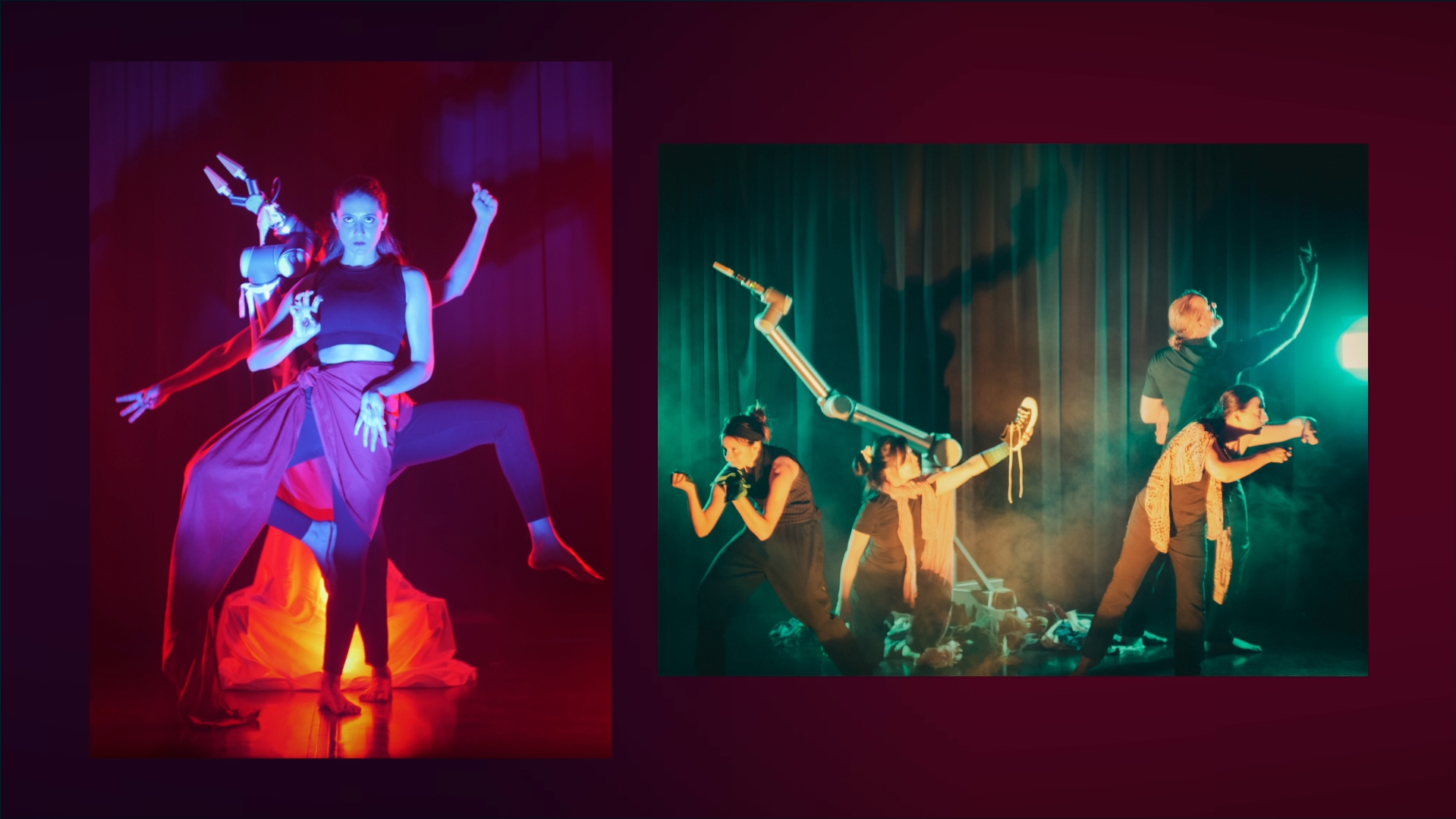
RAPP Lab 03 represents the third iteration of this initiative, exploring the dramaturgical potential of human-robot ensembles within devised physical theatre methodologies. Led by theatre practitioner Piumi Wijesundara, roboticist Dr. Maleen Jayasuriya, and Professor Damith Herath, this practice-as-research project examines how Meyerhold’s biomechanics and Lecoq’s Tréteau theatre techniques can serve as entry points for developing ensemble-based storytelling with the UR10 collaborative robot.
Research Focus
The investigation centered on four core research questions:
- How does complicité—the shared, moment-to-moment attunement essential to ensemble work—develop between human performers and a cobot?
- How applicable are Tréteau theatre and Meyerhold’s biomechanics as movement vocabularies for a human-robot ensemble?
- What spectrum of dramaturgical roles can a cobot inhabit—instrument, prop, partner, antagonist, narrator—and how do these roles shape narrative storytelling?
- How can we center underrepresented sociopolitical and cultural narratives in human-robot performance?
Methodology
The practice-as-research framework involved structured workshops with 10 performance artists and roboticists, documented through video, photographs, and participant feedback. The UR10 collaborative robot was selected for its built-in safety features and deliberately non-humanoid form, enabling exploration of diverse dramaturgical roles without anthropomorphic constraints.
Workshop Structure:
- Day 1: Meyerhold’s Biomechanics Block - establishing shared movement vocabulary through mirroring exercises, solo études, and tactile “freedrive” interactions
- Day 2: Lecoq’s Tréteau Theatre Block - exploring spatial constraints and confined physical storytelling within the robot’s operational workspace
Performance Outcomes
The devising process resulted in two original short performances:
“Unstitched”: A performance critiquing fast-fashion labor ethics, structured around three movement motifs—robot as laborer, consumer, and model—culminating in a deconstruction sequence.
“Goddess in the Machine”: Reimagining the South Asian myth of Kali’s birth, blending human-robot choreography to explore how the best of intentions can unleash unintended consequences.
Media
Performance Documentation:
Key Findings
Participants reported substantial complicité development (average score 4.2/5). Both biomechanics (4.8/5) and Tréteau (4.3/5) were recognized as valuable frameworks for ensemble-building, effectively transforming robotic constraints into creative opportunities. The UR10 displayed versatile dramaturgical roles, transitioning between performer and prop, with its mechanical identity accentuated in industrial narratives while mythological contexts facilitated richer dramaturgical exploration.
Publications
M. Jayasuriya, P. Wijesundara, and D. Herath, “Exploring Dramaturgical Potential in Human-Robot Ensembles: A Practice-as-Research Investigation through Devised Physical Theatre,” 2025 IEEE International Conference on Robotics and Automation (ICRA), Atlanta, USA, 2025.
RAPP Lab 02: Public Participation in Robotic Performance (2018)
Project Period: 2018
Location: CoLABS Festival, Sydney, Australia
Team Members: Damith Herath, Elizabeth Jochum
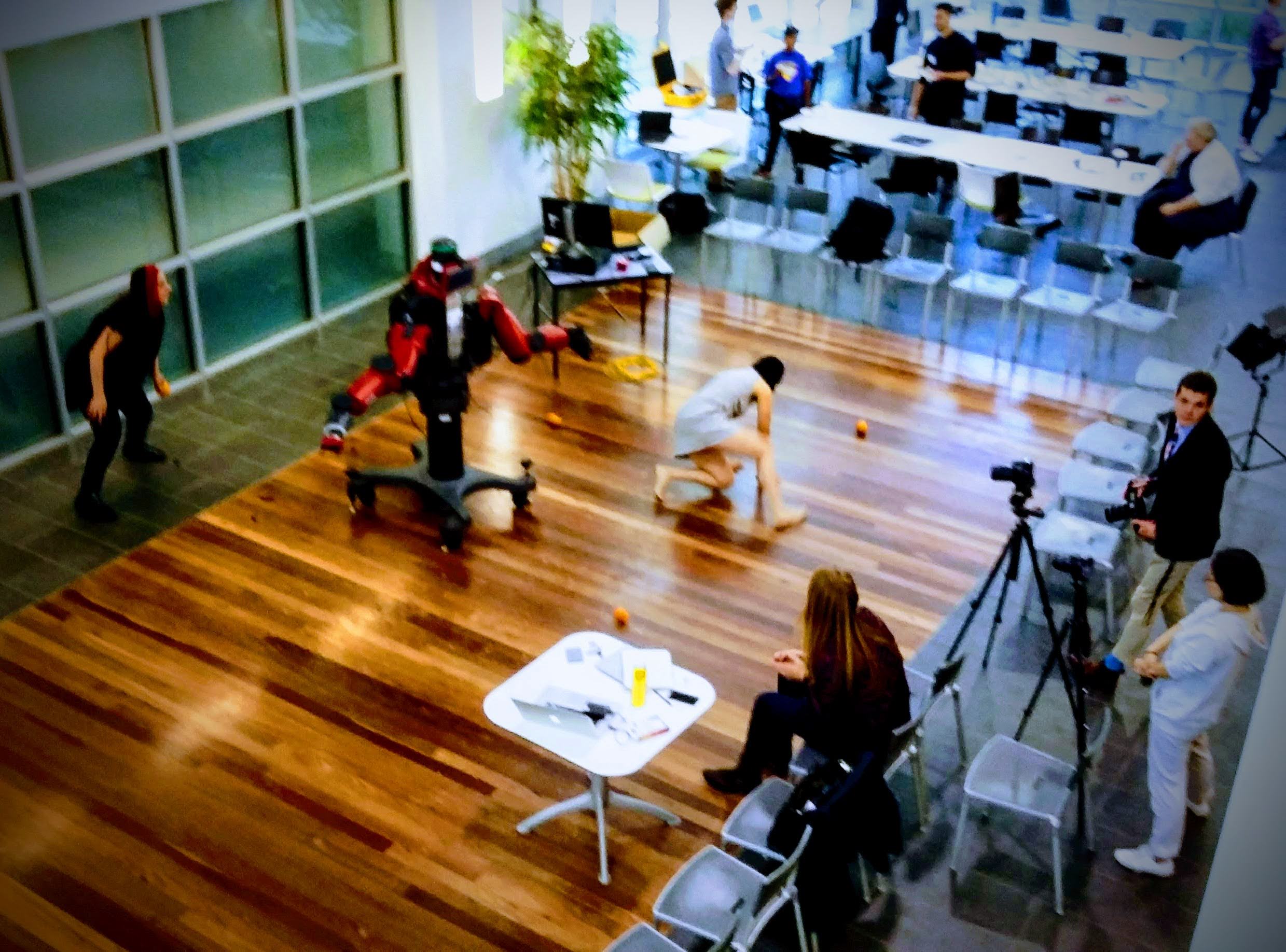
Building on the foundations laid by RAPP Lab 01, RAPP Lab 02 extended the Lab’s explorations into the public sphere. Presented during CoLABS, a festival of Art & Science in Sydney, this intervention invited the public to participate in the creative process actively. Participants were encouraged to perform alongside robotic platforms in an immersive and experimental environment, exploring the boundaries between human and machine agency in real time.
This participatory approach highlighted the role of audiences in shaping the future narratives of robotic performance, transforming spectators into co-creators of the experience. The intervention demonstrated the Lab’s commitment to democratic participation and community-led research methods in human-robot interaction.
RAPP Lab 01: Foundational Explorations (2017)
Project Period: 2017
Location: University of Canberra, Australia
Team Members: Damith Herath, Elizabeth Jochum
Featured Artists: Marian Abboud (Media Artist), Vicki Van Hout (Indigenous Choreographer)

RAPP Lab 01 embodied the ethos of open discovery and collaboration that would define the series. Artists Marian Abboud, a media artist, and Vicki Van Hout, an Indigenous choreographer, partnered with engineers to explore the interplay between movement, robotics, and cultural narratives.
These sessions culminated in an experimental public performance, where robots and humans shared the stage in an improvised, multilayered exchange of gesture and expression. The performance was followed by a discussion panel, providing an opportunity for artists, engineers, and the audience to reflect on the creative, ethical, and technical dimensions of the work.
This first intervention set the tone for RAPP Lab’s mission to foster deep dialogue and experimentation between disciplines and individuals, establishing the framework for future iterations.
Historical Origins
Orpheux Larynx (2011)
The seeds of RAPP Lab were planted in 2011 with artist Erin Gee’s performance Orpheux Larynx, created during her residency at MARCS Auditory Laboratories, Western Sydney University, in collaboration with renowned artist Stelarc. This vocal work for three artificial voices and soprano embodied a radical exploration of human-robot interaction, blending music, technology, and mythology.
Central to the piece was Stelarc’s Prosthetic Head, a computerised conversational agent whose manipulated baritone voice formed the basis of a robotic choir. Drawing inspiration from the myth of Orpheus, the performance reimagined identity and embodiment as fluid and multiplicitous, seamlessly merging past, present, and speculative futures through the shared voices of robotic avatars.
Articulated Head - CLONE (2012)
Another pivotal inspiration was Articulated Head - CLONE 2012, a hybrid virtual-real performance created by Pyewacket Kazyanenko in collaboration with Daniel Mounsey, Ian Upton, and Ze Moo at the Powerhouse Museum. Centered around Stelarc’s Articulated Head, this performance explored the dynamic interplay between physical and virtual worlds, pushing the boundaries of human-robot interaction in performance spaces.
These projects, with their shared emphasis on mythology, embodiment, and the performative potential of robotics, laid the conceptual groundwork for RAPP Lab, inspiring the Lab’s ongoing transdisciplinary exploration of robotic performance, cultural ecologies, and the evolving narratives of human-machine collaboration.
Impact and Future Directions
Through embracing community-led, transdisciplinary research methods and democratic participation, RAPP Lab contributes to a developing political ecology of human-robot interaction—one that weaves together artistic, social, technical, and cultural threads to envision new myths and narratives that will shape the future of robotic performance and interaction.
The Lab’s work positions robots as agents of embodied storytelling and performance, reimagining them as modern-day myth-makers, shaping narratives that reflect humanity’s evolving relationship with technology within the broader cultural ecology of social robotics.
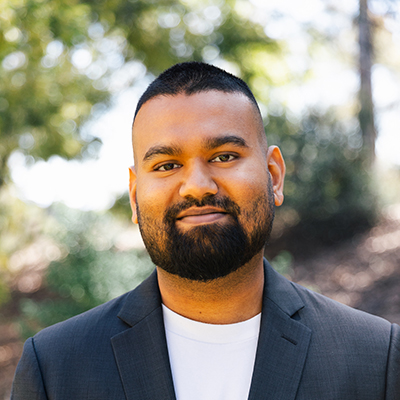
Maleen Jayasuriya
Staff
Maleen Jayasuriya is a Lecturer in Robotics at the University of Canberra’s Faculty of Science and Engineering with a research focus on human-robot interaction and explainable AI (XAI) in robotics. Maleen holds a Bachelor’s degree in Electrical and Electronic Engineering from Sri Lanka and a PhD from the University of Technology Sydney, where his research focused on robot perception, localisation, and deep learning. He later completed a postdoctoral fellowship at UTS, contributing to research on collaborative robotics for sustainable construction.
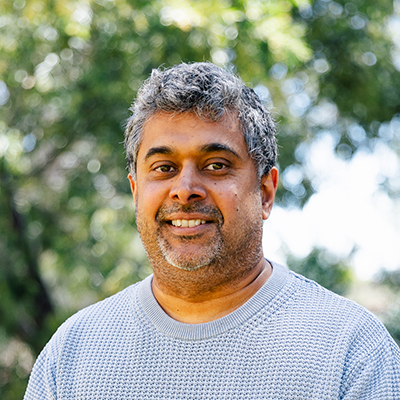
Damith Herath
Founder/Lead Collaborative Robotics Lab
Professor Damith Herath is the Founder and leader of the Collaborative Robotics Lab (CRL). His work focuses on exploring how robots and humans can collaborate, with an emphasis on the intersection of engineering, psychology, and the arts. His interdisciplinary approach actively seeks insights across diverse fields, promoting innovation and collaboration that transcends traditional disciplinary boundaries.

